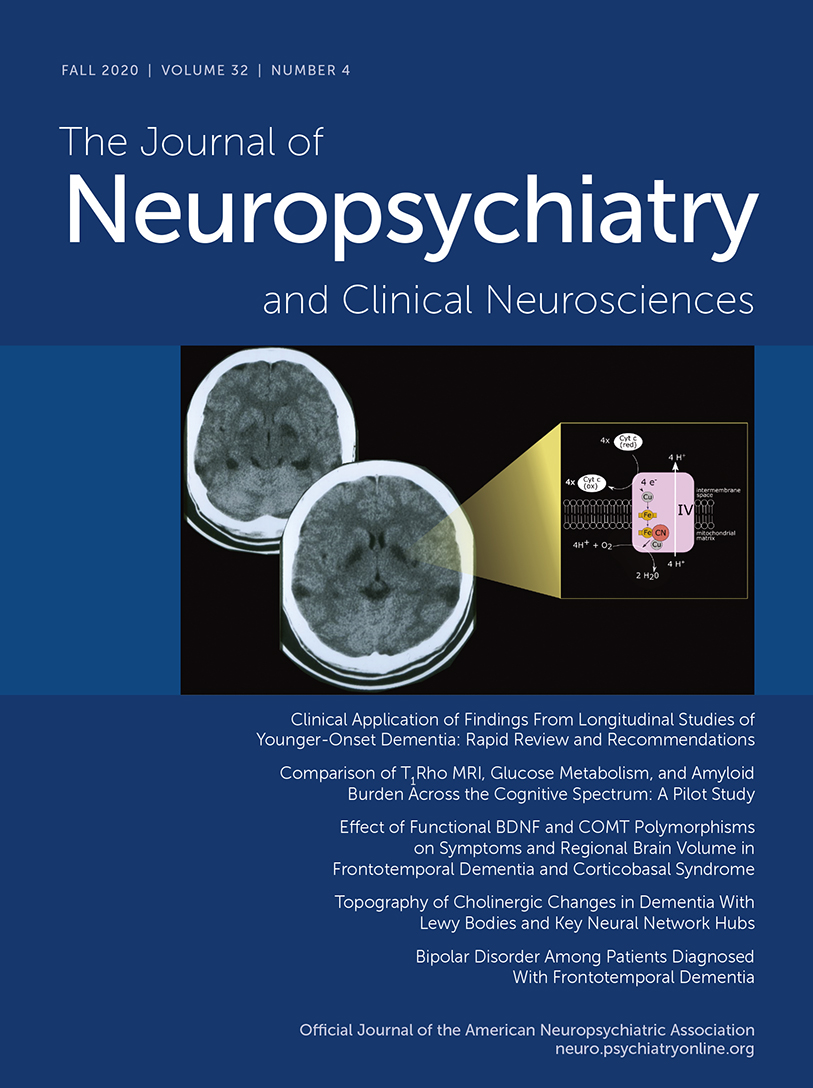Visual Hallucinations and the Role of Medications in Parkinson’s Disease: Triggers, Pathophysiology, and Management
Abstract
Visual hallucinations, which are part of the syndrome of Parkinson’s disease (PD) psychosis, affect patients’ quality of life and increase the likelihood of residential aged-care placement. The association between visual hallucinations and dopaminergic and other medications that are necessary for the symptomatic management of motor and other symptoms of PD is a common clinical dilemma. While dopaminergic medications have long been associated with PD psychosis, a clear causal link has not been established, and other neurotransmitter systems, particularly noradrenaline, serotonin, and acetylcholine, are implicated and important. A diverse range of demographic and disease-related risk factors, some being modifiable, highlight the complexity of potential underlying pathophysiological processes but also broaden practical options for prevention and treatment that can be multifaceted and individualized. The investigators reviewed the clinical features and epidemiology of visual hallucinations and PD, explored the pathological evidence for dysfunction of multiple neurotransmitter systems that may be relevant to these phenomena, and addressed the potential of medications commonly used in PD to either trigger or treat these symptoms.



